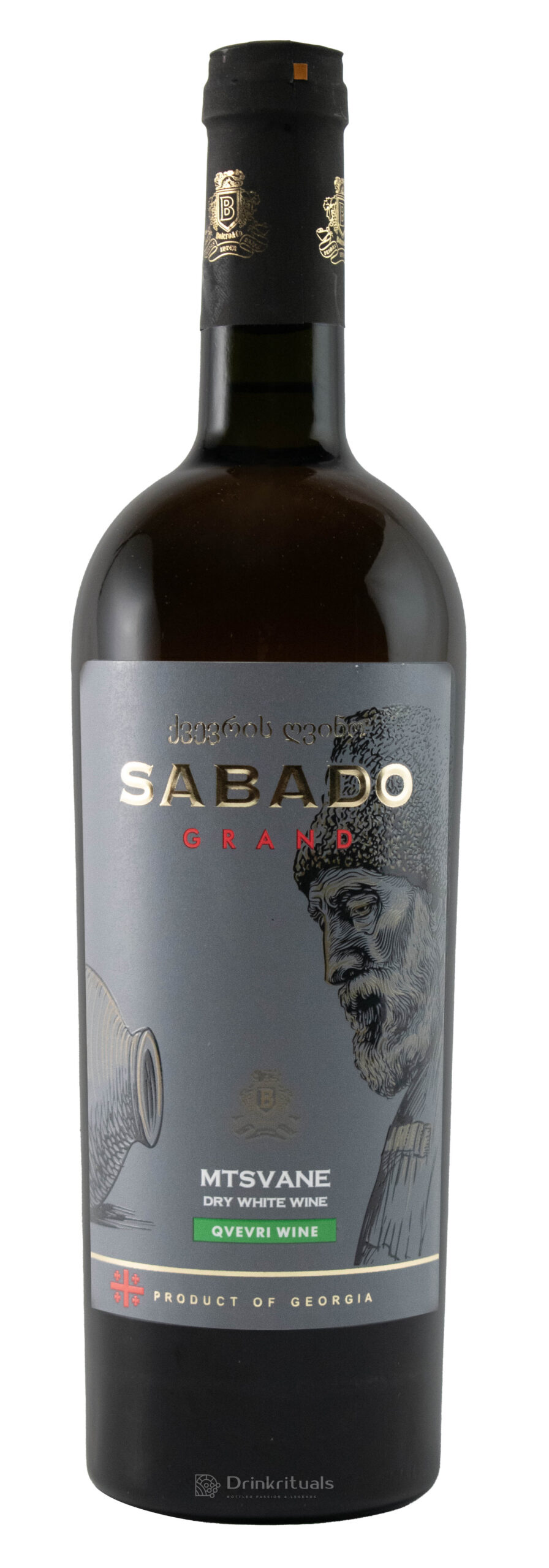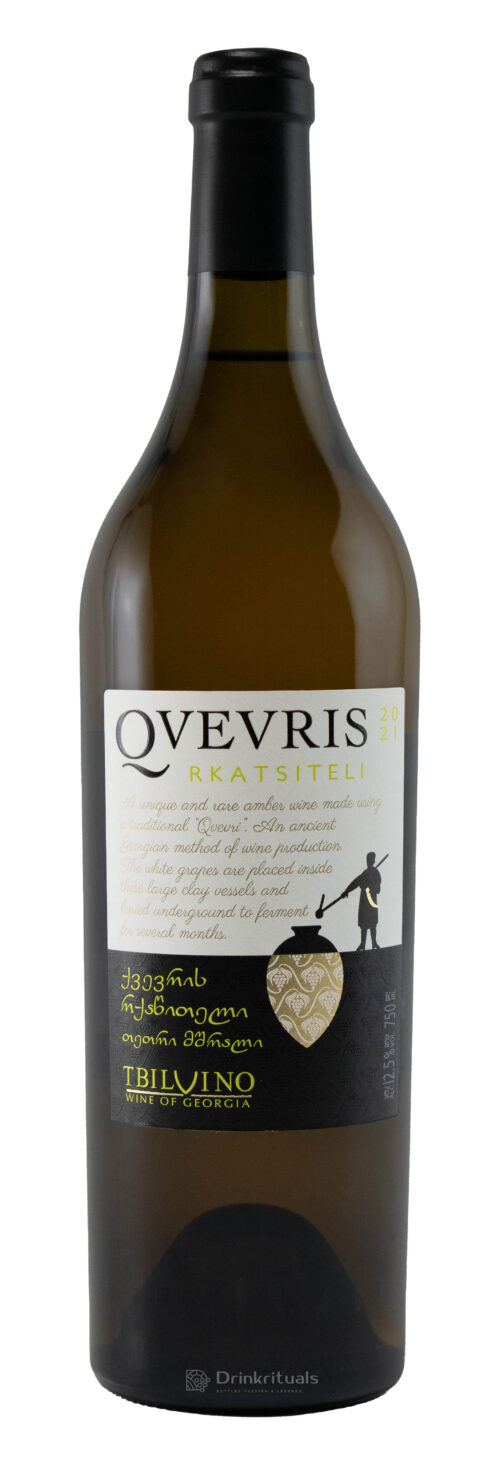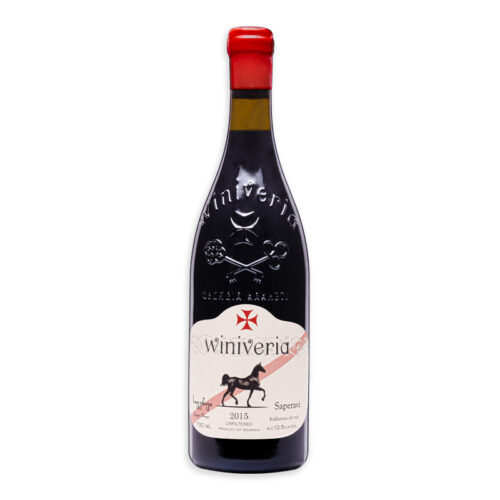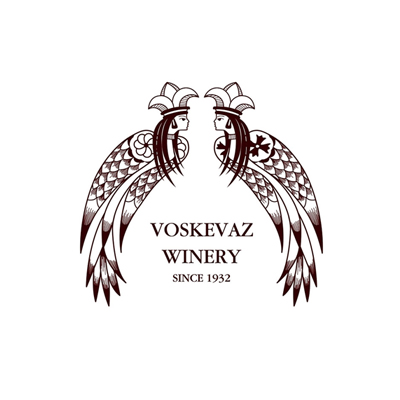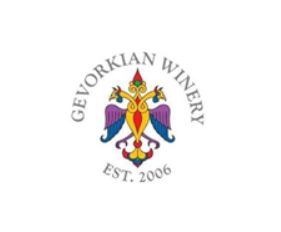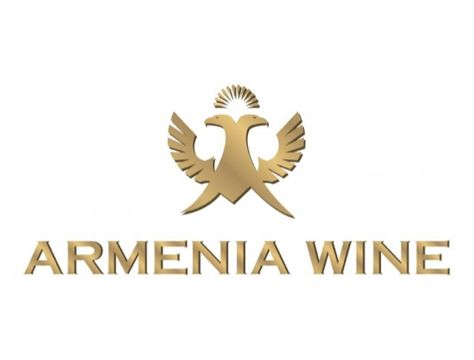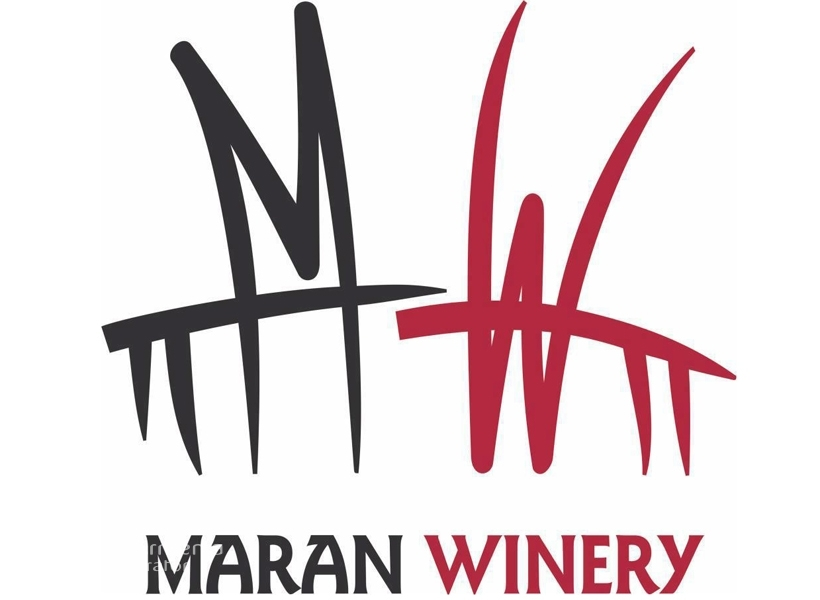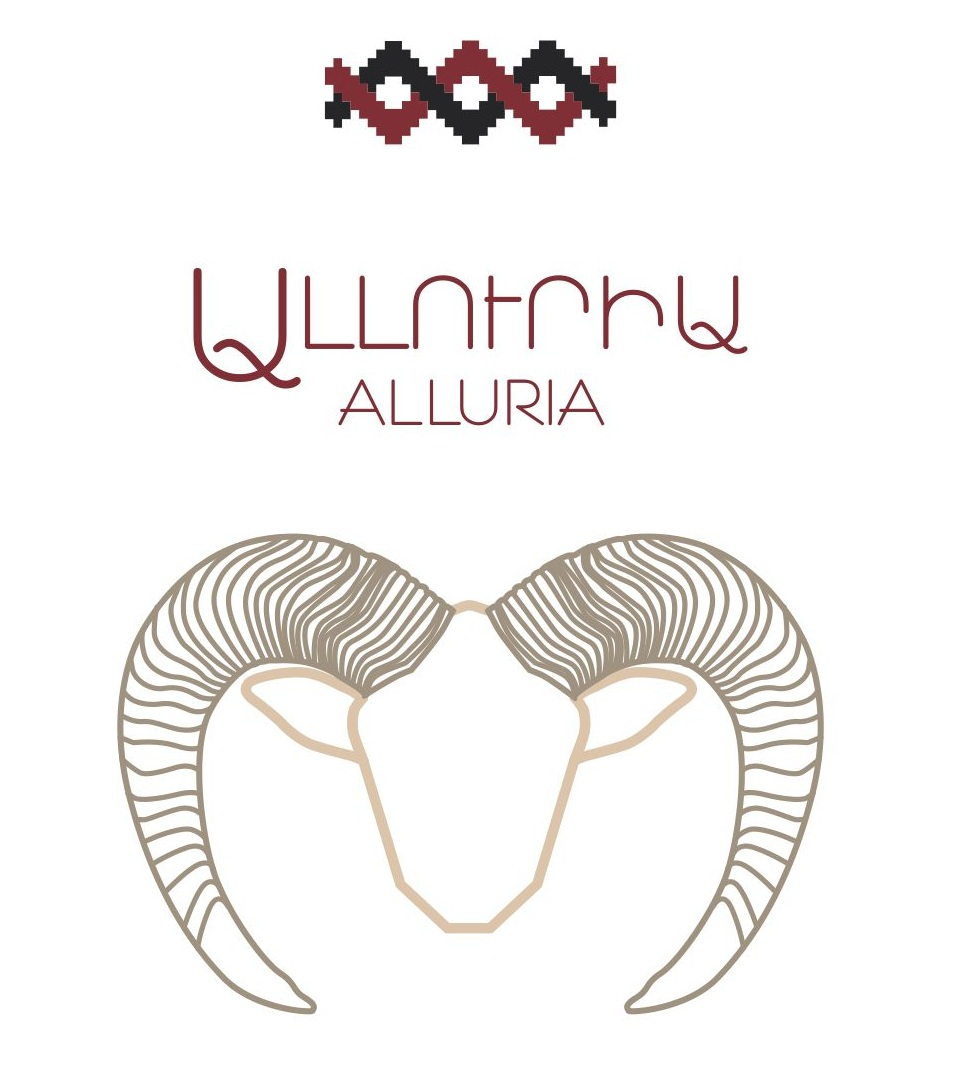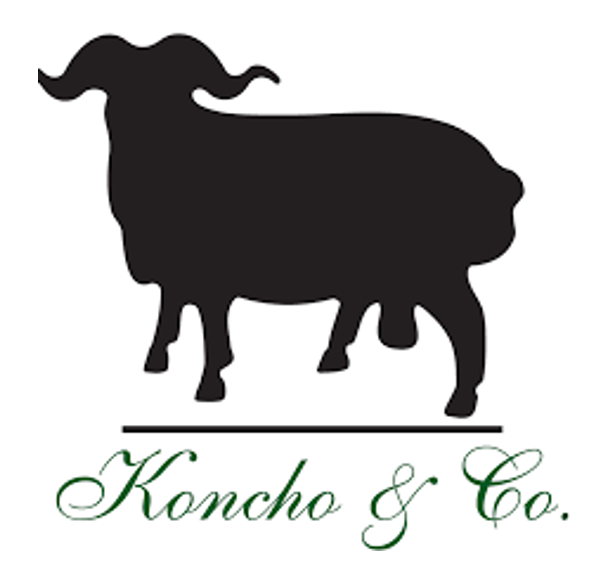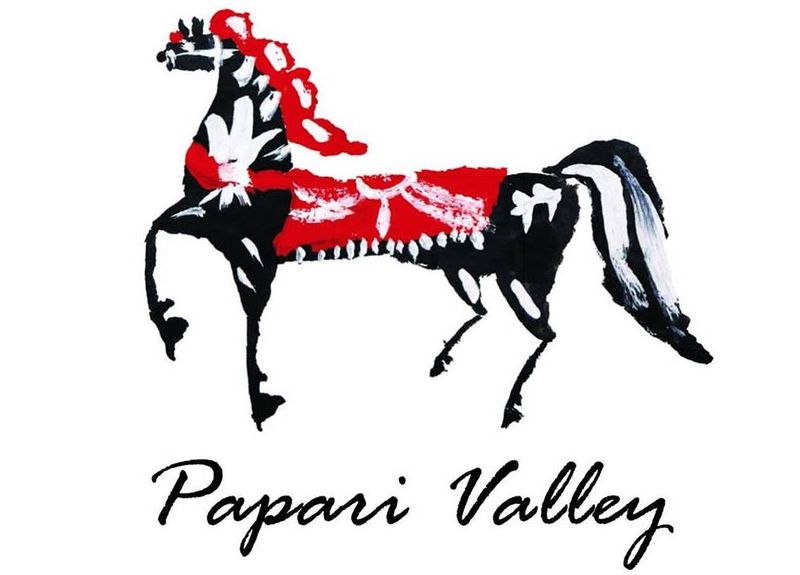Description
Georgia and Wine
Georgia is located on the east coast of the Black Sea, roughly at the latitude of Northern Spain, but thousands of kilometers to the east, just beyond Turkey. Vineyards thrive along the mountainous slopes and in the rolling landscape along the long Mtkvari River. Over the centuries, the course of this river has shifted multiple times, and the vineyards extend from the mineral-rich hills to the former riverbeds of clay. Archaeologists have discovered earthenware jars here with the world’s oldest remnants of grape seeds dating back to 6000 BC. The Georgian word ‘Gvino’ for ‘wine’ traces its origins to this region. In the 17th century, more high-quality wine was produced here than in any other country in the world.
The influence of the church on wine production has been strong for a long time, and it is still evident. Georgians experience wine in a unique way. Georgian wine is not meant for quick consumption. Wine here holds almost a religious significance. It is consciously enjoyed, usually in the company of good friends, unexpected guests, or family, and always with an appropriate meal. Wine is a symbol of Georgian culture. In the 1930s, wine production was heavily industrialized under the Soviet planned economy. It wasn’t until 1991 that Georgia became an independent republic, with vineyards returning to their original owners. Production methods and bottling processes were significantly modernized. Exports grew rapidly, with Russia being the largest market for a long time. However, this changed in April 2006 when Russia closed its borders to Georgian wine. Since then, Georgian wine producers have actively sought new markets for the magnificent results of their millennia-old wine tradition.


